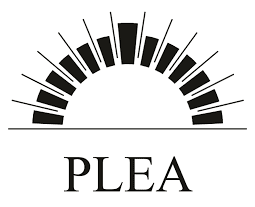“Zero-Energy” Building (ZEB) is arousing more and more interest internationally, both in policies aiming at a more sustainable built environment (such as the European Directive PEB that will require, for example, all new buildings to be “nearly Zero-Energy” Buildings (nZEB) by 2020) and in the scientific literature. Although Zero-Energy can be considered at different scales, this approach only adopts the perspective of the individual building and neglects phenomena linked to larger scales. Therefore, this paper aims at investigating the “Zero-Energy Neighbourhood” concept. It proposes a calculation method that takes into account three main topics: the energy consumption of buildings, the impact of the location on the energy consumption for daily mobility and the use of renewable energies. An application of this calculation method to two representative case studies (one urban neighbourhood and one suburban neighbourhood) is proposed. Main parameters that act upon the energy balance are highlighted and combined to propose concrete results to improve our built environment and move towards more sustainability. Hourly and monthly balances, the potential of “energy
mutualisation” and smart grids are keys challenges that are of crucial importance in the scope of a Zero-Energy objective at the neighbourhood scale.
From zero-energy building to zero-energy neighbourhood: urban form and mobility matter
This entry was posted in Conference Paper. Bookmark the permalink.

